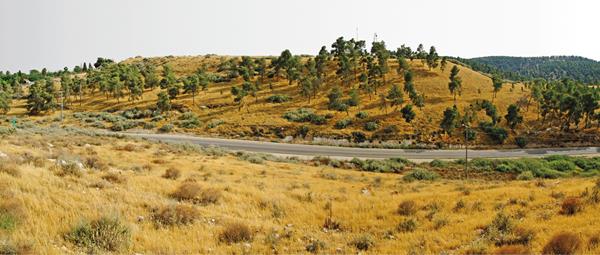
I am happy to see that people are once again interested in the daily lives of the ancient Israelites. Archaeologists and biblical scholars alike are shifting their attention from the monumental to the mundane. In other words, the stage where the ordinary is lived out day after day is the home, not the temples, palaces, and fortifications. Thus, it is the home that needs to be further explored.
One archaeological excavation that has focused on households and daily life since 1992 is Tell Halif. The goal of the excavations at Halif is to further understand daily life in Judah’s Iron IIB period (eighth century B.C.E.). Several dwellings at Halif have been excavated, and the material recovered helps archaeologists and biblical scholars alike better understand ancient Judah’s cultural context.
Approximately 1,600 feet above sea level, Tell Halif is a 10–12-acre mound located on the southern edge of the Shephelah, in a liminal zone between the Shephelah and the Negev to its south. Beer-Sheva is about 12 miles southwest of Halif. In 1976 the Lahav Research Project (named after the Kibbutz located at the base of the tell) was initiated to explore Halif. The site has been excavated from 1976 to 1980 and 1983 to 1989 by Joe D. Seger of Mississippi State University; from 1992 to 1999 by Paul F. Jacobs of Mississippi State University and Oded Borowski of Emory University; and from 2007 to 2009 and 2014 to 2016 by Borowski. These excavations identified remains ranging from the Chalcolithic period and Early Bronze Age I (3500–3200 B.C.E.) through the Roman and Byzantine periods (200–600 C.E.).
Already a library member? Log in here.
Institution user? Log in with your IP address.

